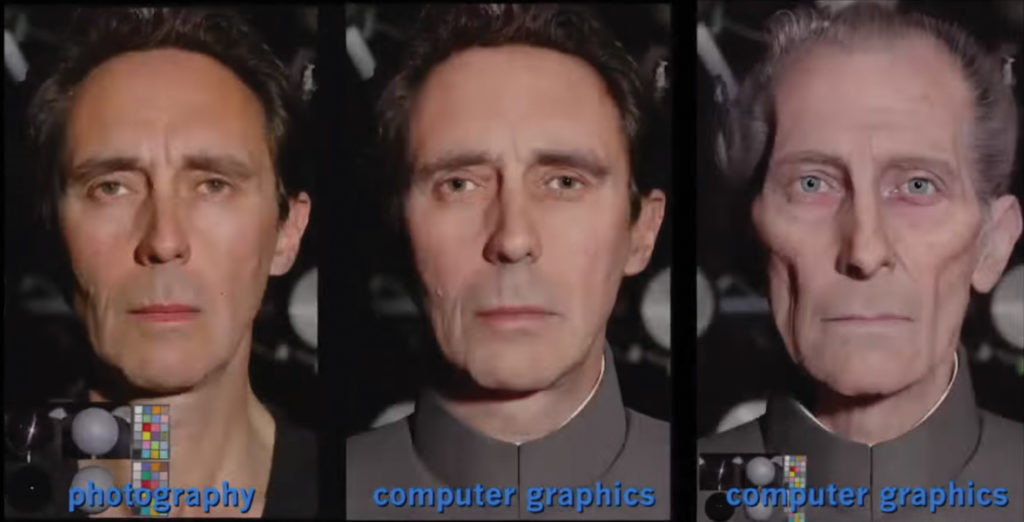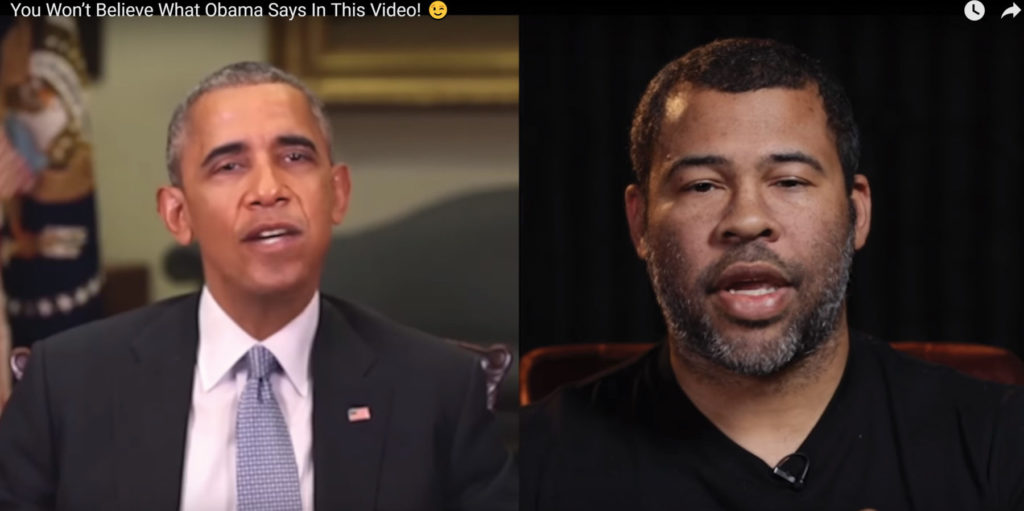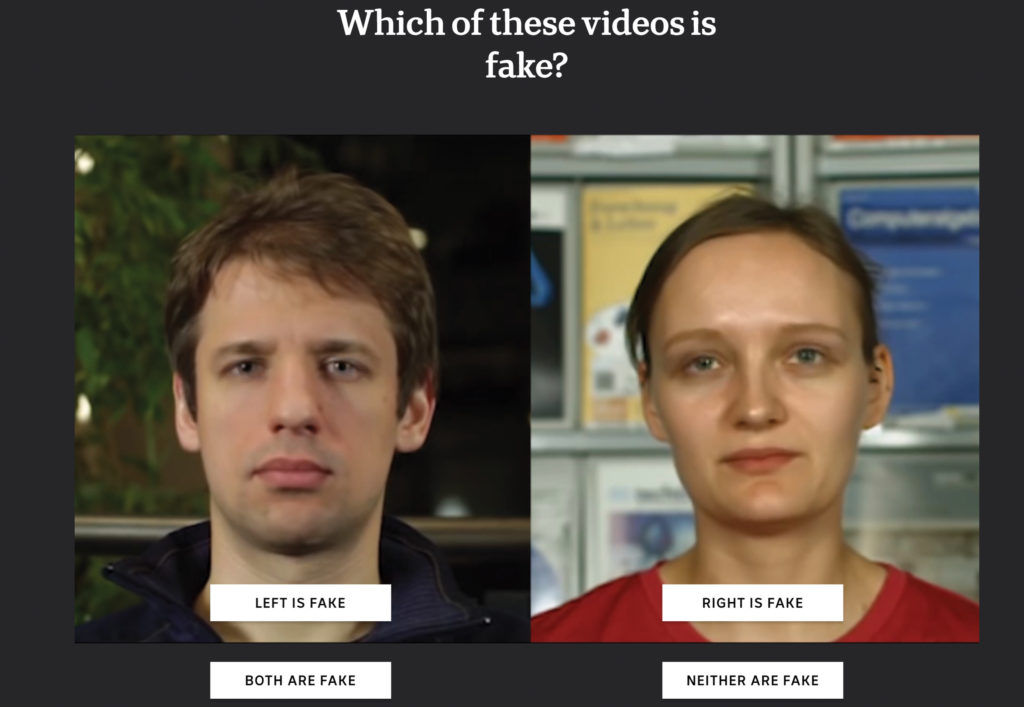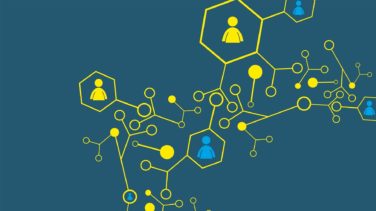The debate over AI and the technology’s use for both benign and malicious purposes sits front and center as lawmakers in Washington are confronting the issues of fake news, digital forgeries, and public manipulation. Today we live in a world in which AI has been implicated in the generation and propagation of fake media for the purposes of manipulating the media and our national discourse both in the 2016 election and today heading into the 2018 primaries.
AI-powered bots were primarily responsible, but an even more heinous form of AI manipulation is increasing in popularity and threatens to further impact the media we consume every day. DeepFakes, an amalgam that combines the terms “deep learning” and fakes, describes the use of artificial intelligence for realistic image synthesis. Essentially, it’s used to combine and superimpose existing images and videos onto source images or videos.
What Have DeepFakes Been Used For?
DeepFake-like AI technology has been used most notably in Hollywood movies such as Rogue One: A Star Wars Story, where Peter Cushing made a surprise return from the afterlife to star as Admiral Tarkin. In the movie, his likeness was superimposed over another actor’s face to hyper-realistic effect.

The technology has also been used to manipulate government officials, such as the videos created by Russian agencies to manipulate and discredit former U.S. Ambassador Michael McFaul in 2014 (https://goo.gl/MndPRi) when the technology was being experimented with. And one popular DeepFake video, seen online since April, shows just how powerful and realistic the technology can be: “You Won’t Believe What Obama Says In This Video!”

DeepFakes primarily came to prominence in 2016 when users on Reddit started using cutting-edge AI research to paste the faces of celebrities onto pornographic videos. The phrase was first used by a Reddit user, but is slowly becoming synonymous with this AI editing technology. DeepFake tools can turn people into virtual puppets, syncing their mouths with someone else’s speech.
The Implications of DeepFakes and AI-Powered Manipulation
When you think about the implications of such a technology, you can understand why lawmakers, the global media, and companies such as Facebook and YouTube, which own platforms for distribution, are worried. And the technology is becoming more readily accessible and relatively inexpensive. With the 2018 midterm elections around the corner, a trio of lawmakers submitted a letter on September 13th to the Director of National Intelligence, Dan Coats, asking him to assess the threat posed to national security by this new form of fakery.
The letter states “hyper-realistic digital forgeries” showing “convincing depictions of individuals doing or saying things they never did” could be used for blackmail and misinformation, even threatening national security. With all the political and international rhetoric that persists these days it’s easy to see how DeepFakes have the potential to disrupt every facet of our society and trigger dangerous international and domestic consequences
But what does this have to do with healthcare or pharma? To make the connection as to how DeepFake AI can be used as a manipulation device in our industry one can think of three potential cases:
- Use of DeepFakes in corporate media in which digital forgery and impersonation of corporate officers or officials can be used to manipulate stock price and product perceptions.
- Manipulation of video online to damage product perception or reputation in a competitive environment.
- Use of DeepFakes to incite fear regarding the spread of infectious disease. An example may be manipulation of media during flu season.
While these examples may seem a stretch in our minds today, the fact is that DeepFake technology is available and in reach of those who may seek to damage corporate or brand reputation. It may not happen in pharma first, but make no mistake, it will happen in other verticals leading to the propagation of forgeries en masse over the coming years. It will become a reality that companies, PR firms, and law enforcement agencies will deal with on the front lines.
Pharma, as a highly regulated industry, is struggling through its own digital transformation efforts. So DeepFakes and AI-powered digital forgeries present a challenge that may not register on our horizons now, but it could have a devastating impact on our industry if we do not plan for the future.
Can You Spot the Fake?

If you’re interested in testing your DeepFake detection skills take a look at this article from the Australian Broadcasting Corporation that provides a deeper dive into the technology and provides visuals to challenge readers to identify fakes.








